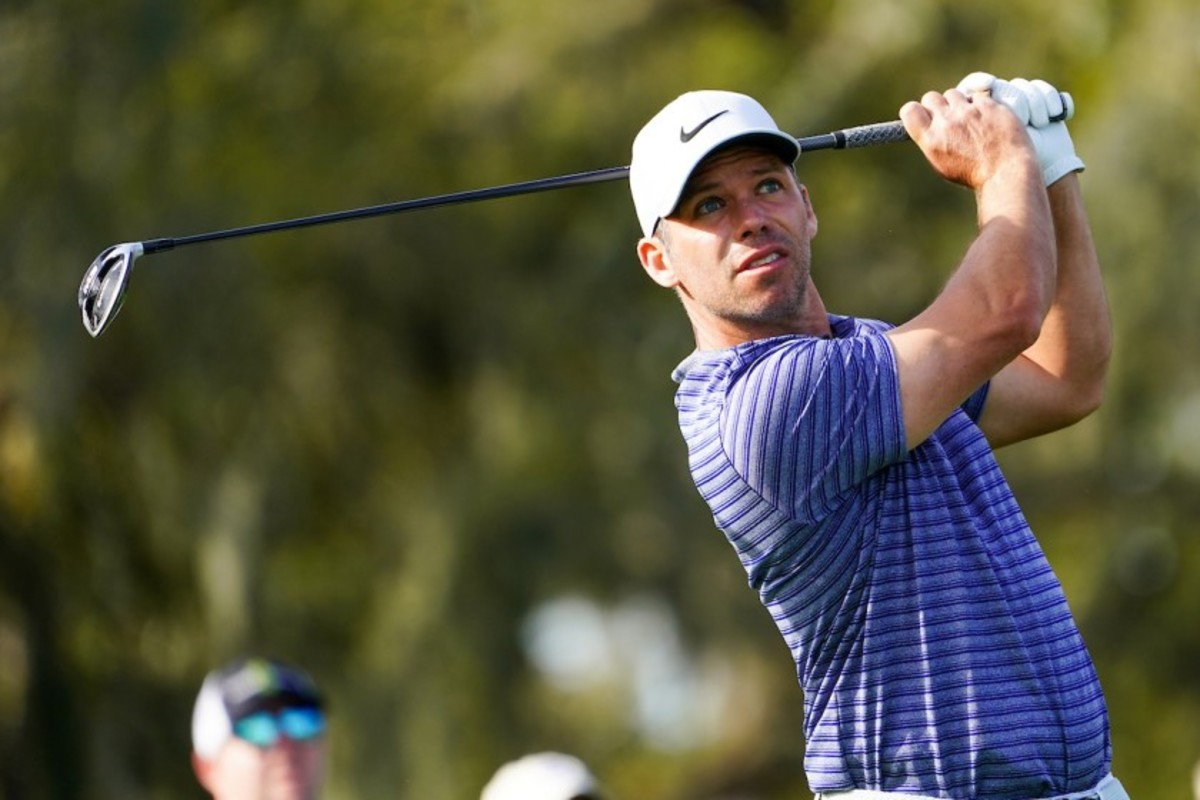Too many PGA Tour events, not enough weeks post-coronavirus

It might seem hard to imagine now, but the coronavirus pandemic will end at some point. When it does, it will be a mad dash to return to some semblance of normalcy, whatever that might be.
I can’t say I know whether we are at the beginning, the end of the beginning or the beginning of the end – that is for much smarter people to pontificate on – but I feel comfortable in saying that the COVID-19 crisis will end.
When it does, sports will be clamoring to get the games back on, but it won’t be easy.

Baseball has said it will need at least a month of what could be summer training before its games can begin.
The NBA and NHL will be in playoff mode, according to the calendar, but will the commissioners of those sports mandate at least a week or two of regular-season competition to give teams a chance to make the playoffs? Or will a new type of playoff schedule be devised for those sports?
The NFL likely will be in training camp, but very far behind in preparations, making a full season difficult, unless the season extends into February or perhaps March.
Though the major team sports will have their scheduling issues, golf will face an even tougher challenge.
The PGA, European and LPGA tours will have lost a critical part of their seasons.
If golf were to restart in July, which might be considered optimistic, the PGA Tour would have lost more than three months of competition, and the other tours even more.
Three men’s majors and three women’s majors will have been postponed, which means Augusta National, the USGA, PGA of America and the LPGA will want to find slots in the condensed schedule for their biggest events. At the same time, the PGA and European tours will want their events to go on as planned, notably the FedEx Cup series in the U.S. and the Race to Dubai and Rolex Series events in Europe.
TV, with its precise scheduling, will play a role. Each sport seemingly would be in conflict with the others for a tight window of broadcast time.
Plus, the Olympics will occupy two-plus weeks for NBC and its related cable channels, possibly when so many sports would be ramping up in July.
By then, it would be tempting to dismiss those concerns and rejoice in the fact that we would have live golf again.
Assuming a July restart, the PGA Tour would have four important events: the WGC FedEx Championship and the three-event FedEx Cup playoffs, which end in late August. Add the British Open, and that’s five events in a 10-week period. If the Olympics are a go, that would be six events in 10 weeks.
That would leave the Masters, PGA, and U.S. Open for the open weeks. Or, maybe play one or more of them after the Tour Championship ends Aug. 30.
Of course, two weeks after the Tour Championship is the BMW PGA Championship, the flagship event on the European Tour. Two weeks later, the Ryder Cup is scheduled at Whistling Straits in Wisconsin.
After those biennial matches between the U.S. and Europe, it would be October, with shorter daylight hours and then the usual fall events on both tours.
In a recent conference call, England’s Paul Casey, who plays the U.S. and European tours, discussed the difficulty of a packed schedule. He said that he would do what is necessary to compete in such a stuffed schedule, but playing 8-12 consecutive weeks might be too much for most players.
“I struggle with playing two, three or four weeks in a row,” he said. “I guess it’s technically possible that it could happen. Look, events have already been scheduled for those dates on both tours. If you’re talking about popping majors into September and October, what are the ramifications?”
Casey pointed out that the tours would have to come to an agreement on the revised schedule, and he mentioned the Ryder Cup. He was named a captain’s pick for the 2018 team, his first appearance in the matches in a decade after he rejoined his home tour in late 2017 with an eye on making the European team. Casey, 42, who has won three times in the U.S. and 14 in Europe, wants to play in another Ryder Cup.
Tour status for a number of players will be an issue this year. Many players on both tours will struggle to play in the minimum number of tournaments. Endorsement deals often are tied to a minimum number of appearances, too.
“If we play golf this year, then, yes, that’s a strong possibility,” Casey said. “Just a whole slew of great events in a row. As to the ramifications and logistics on that, I don’t know. I have as much knowledge as you do.”
Casey wants to salvage the four major championships and, if necessary, to postpone the Ryder Cup until 2021.
It would not be the first time for the biennial matches to be canceled or postponed. Since the matches debuted in 1927, they have been canceled in 1939, 1941, 1943 and 1945 because of World War II and then postponed for a year after the Sept. 11, 2001 terrorist attacks. The Ryder Cup moved to even-numbered years beginning in 2002, pushing the Presidents Cup to odd-numbered years beginning in 2003.
“Sports are still important, assuming we are not taking risks,” Casey said. “I want to be part of that, and I’m proud of being part of that when it’s happening.”
Sign up to receive the Morning Read newsletter, along with Where To Golf Next and The Equipment Insider.
